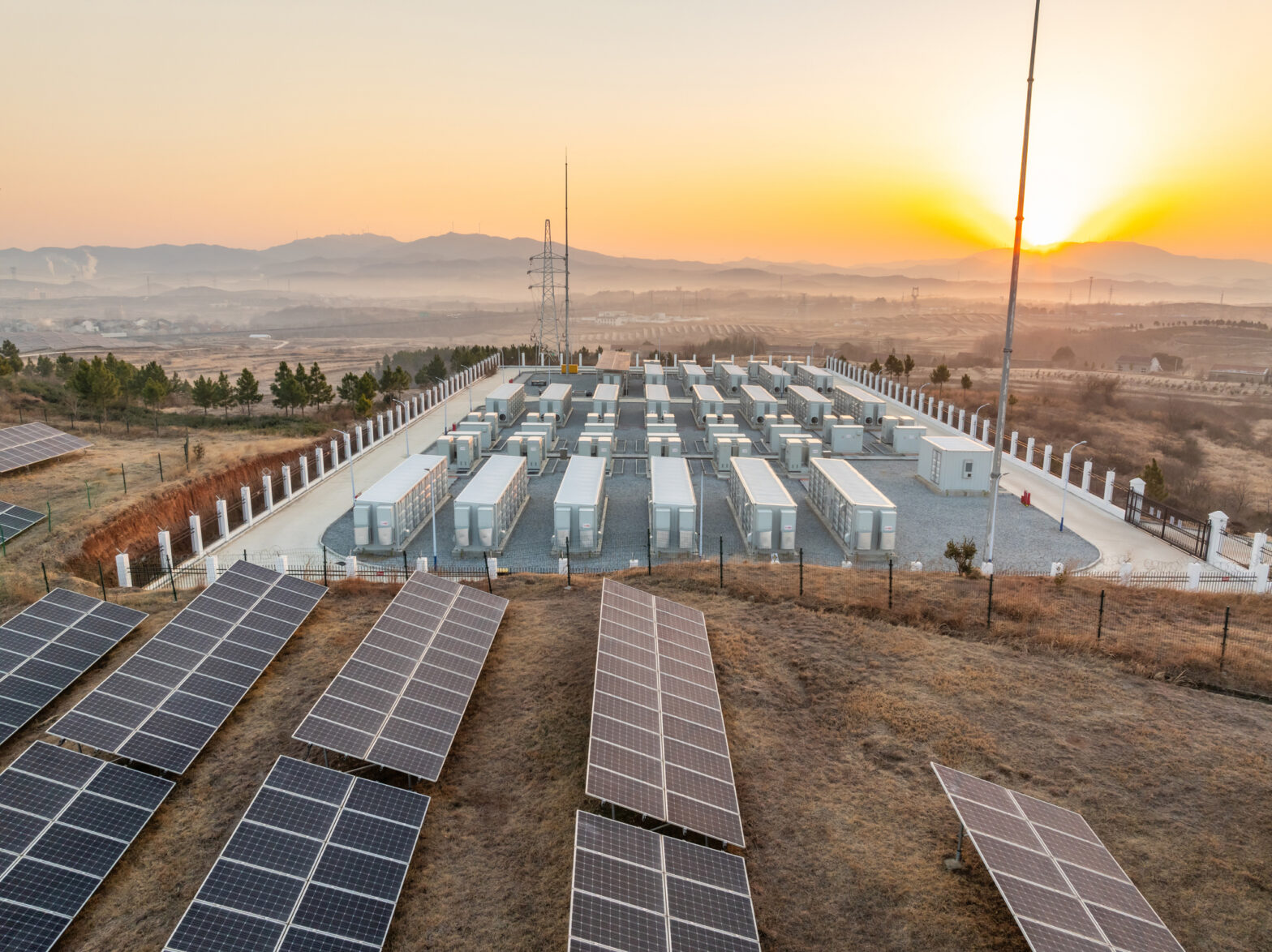Customer-centric strategies for utilities are often associated with diversified growth and the transition of the utility role to an integrator of energy services. While this is certainly an important motivation for customer-centric strategies, utilities should not overlook, in its simplicity, how these strategies can drive their bread-and-butter of generation and transmission and distribution (T&D) growth. In this post, we’ll refresh on the well-known challenges facing North American utilities and consider how customer-centric strategies can play an integral part in renewables and electrification strategies to drive earnings growth.
A “Golden Age”
The last dozen or so years have been a “golden age” for North American utilities. Despite slowing load growth, macro factors, including cheap cost of debt and low natural gas prices aligned to keep rates low over an unprecedented capex spending cycle, propelling utility valuations to soaring highs. And, flush with cash from the debt agencies’ re-rating of the utility sector, utilities facing generation growth challenges pursued strategic acquisitions, targeting T&D and gas local distribution (LDC) growth. But the North American utility business model is being disrupted by an increased focus on sustainability, coupled with technological enablement. Utilities face mounting headwinds, including low / no load growth, the rise of distributed generation and unregulated renewables, less favorable macro factors (e.g., debt agency outlook), and emerging competitors, among others.
Looking Forward
Given these headwinds, leading utilities are looking to forward-thinking solutions, including innovative generation replacement, operations and maintenance (O&M) efficiency, technological solutions, and diversified growth. Examples of innovative generation replacement include Plains States utilities exploiting their location in a wind corridor to rate base significant wind investments and solar plus storage playbooks being executed in the Southwest and Southeast. On the O&M front, Bain & Company, a consultancy, estimates that over the next five years, North American utilities will need to slice more than $15 billion (about 20 percent of O&M costs) to meet earnings growth targets without accelerating rate growth – and that number could grow if electricity loads decline. Technological solutions to help reduce costs include machine learning solutions to optimize wind turbine operations and drones for cheaper and safer maintenance.
A New Way for Renewables
There is widespread popular and regulatory support for replacing fossil fuel generation with renewables. At a couple utilities, including in the Midwest and Southwest, the customer plays an integral part in this broader renewables investment strategy, specifically helping to solve the most often-cited challenges with renewables: that they are intermittent and not controllable. These utilities have, or are working to scale residential customer participation in energy efficiency, demand response, and dynamic rates. They do this by providing a modern customer experience, engaging customers around their energy usage, motivating them to take action, and, finally, orchestrating their energy usage. These utilities leverage a suite of customer-facing applications, as well as back-end artificial intelligence and machine learning technologies to keep customers comfortable while they participate as a load management resource. By leveraging a customer-centric strategy, these utilities can accelerate and scale renewables to drive the clean energy transition, while growing their bottom line.
Rethinking the “Utility Death Spiral”
Utilities can also leverage customer-centric strategies to grow electricity load, while at the same time contributing to a reduction in greenhouse gas emissions. In a recent report, “Electrification – Emerging Opportunities for Utility Growth,” The Brattle Group takes a fundamentally different view on the “utility death spiral.” The author’s lay out an alternative scenario where utility sales approximately double by 2050, while at the same time energy sector carbon emissions decrease by 70 percent, as a result of full electrification of the transportation and heating sectors. This corresponds to an increase of electricity demand of approximately 1.9 percent per year between 2020-2050, significantly exceeding the average rate of electricity sales growth in the decade prior to the 2009 recession.
But, how will utilities achieve this lofty electrification potential? They are already doing it, but now need to scale up their efforts. Dozens of utilities provide both their residential and non-residential customers with digital tools, such as EV advisor applications and business energy dashboards to engage customers around electrification alternatives. A few utilities also leverage energy-specific recommendation engines, based on deep analytics of utility and customer data to get the right offer to the right customer through the right channel at the right time. To accelerate and scale electrification, utilities will have to scale up deployments of these types of software – the benefits of sustained load growth to carbon reduction goals and the bottom line should far outweigh the investment. As a bonus, utilities can drive diversified growth at the same time by owning electrification product and service sales, such as electric vehicles, EV chargers, and associated installations.
“What’s Old is New Again”
When the topic of customer-centric strategies for utilities comes up, it’s often associated with innovative new business models that may feel like a far cry from investing in generation and T&D to achieve earnings growth targets. However, it doesn’t have to be this way. As we’ve explored here, customer-centric strategies are integral to renewables and electrification strategies, both of which point to a long future for utilities of investing in generation and T&D while accelerating the clean energy ecosystem.





